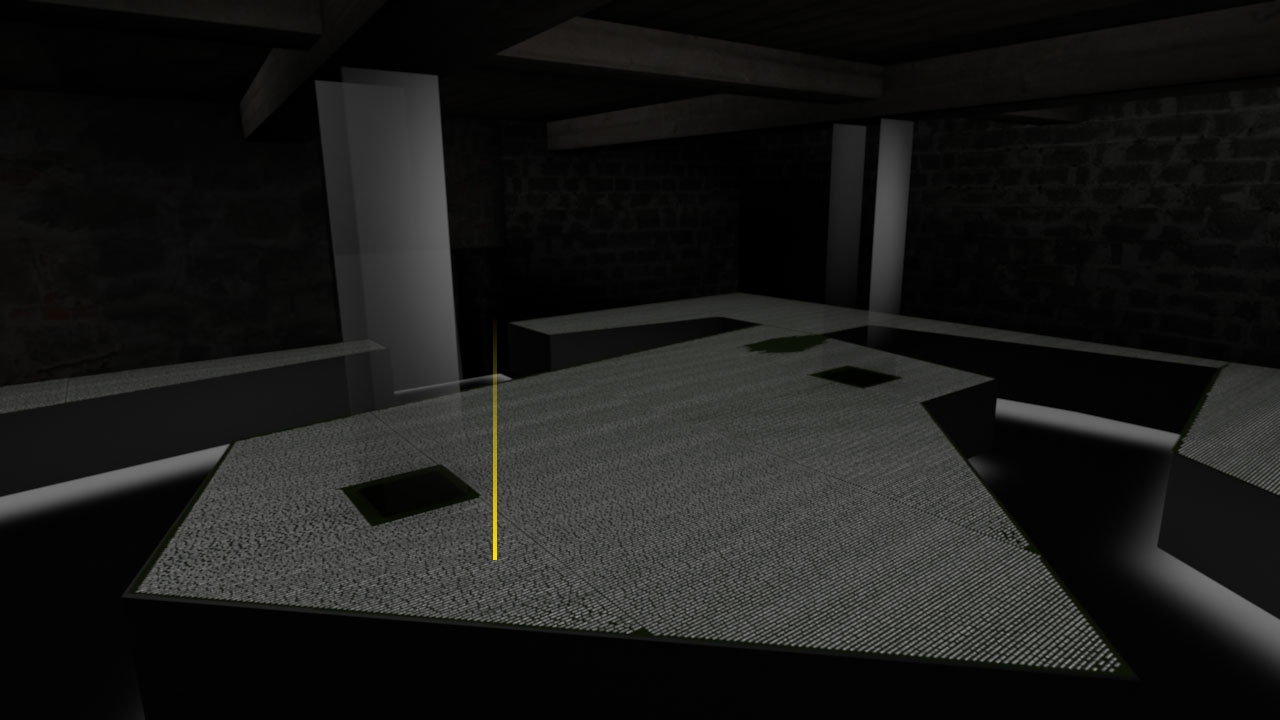František Kolaček 1881 - 1942
Born 9.12.1881 in Brno
Died 7.5.1942 in Mauthausen
Biography
František Koláček completed his school leaving certificate in 1900 at a grammar school in the Královské Vinohrady district of Prague and then enrolled in the Faculty of Philosophy at the city’s Charles University. He gained his doctorate there on 6 April 1906 and then worked as a grammar school teacher in the capital of the Kingdom of Bohemia. After the end of the First World War and the collapse of the Austro-Hungarian Empire, he returned to his home city of Brno, where he started work as an external lecturer at the Faculty of Natural Sciences of the Masaryk University. He completed his habilitation on 20 May 1921 and was appointed senior lecturer of geography on 2 March 1923. He became a tenured professor by order of the president of the Republic, T. G. Masaryk, on 23 October 1929.
At the Faculty of Natural Sciences he founded the Geographical Institute and was its dean in the 1931/32 academic year. Koláček’s main area of research interest within historical geography was Moravia. In total he published 99 papers and his most important scholarly monograph, Půdorysy moravských měst (Layouts of Moravian Towns), was published in 1930. In addition to his academic work, Professor Koláček was active in a series of specialist societies. Of these the most important were the Royal Bohemian Society of Sciences, the Moravian Scientific Society and the National Research Council. He was also a member of the preparatory committee overseeing the exhibition of contemporary culture in Brno in 1928, for which he curated the geographical section.
On 19 August 1938 František married Dr. med. Miroslava, née Kühn. His best man was another professor at the Masaryk University, František Říkovský, who would also die in Mauthausen. The couple did not have children.
Professor Koláček had been taking part in activities aimed at opposing Nazi Germany since autumn 1938. Shortly after the signing of the Munich Agreement, he worked on the creation of a set of maps with the aim of informing the international public of the injustice of the annexation of the Bohemian and Moravian border regions from the perspective of the Czechoslovakian nation and of the severe economic consequences of the new border arrangements. After the establishment of the ‘Protectorate of Bohemia and Moravia’, he then joined the resistance movement of employees of the Masaryk University. The Gestapo arrested him on 5 December 1941, and on 13 January of the following year the Brno summary court condemned Professor Koláček to death. On 7 May 1942 his life came to an end on the execution site at Mauthausen, together with 71 other members of the Moravian resistance. These included three other professors from the Masaryk University of Brno, Jan Florian, Karel Hora and Antonín Šimek. Today a street in the Řečkovice district of Brno bears the name of Professor Koláček.
Vladimír Černý
Translation into English: Joanna White
Sources:
Archiv Masarykovy univerzity, Brno, fonds A1 Rector of the Masaryk University, box 89/1789, personal files of František Koláček.
References:
Rudolf Musil et al.: Osobnosti Přírodovědecké fakulty Masarykovy univerzity [Important personalities in the Faculty of National Sciences of the Masaryk University] (Brno 1997).
František Vitásek: František Koláček (obituary), In: Naše věda, vol. 24 (1946), pp. 119–121.
Location In room

